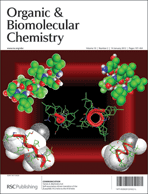 Welcome to OBC Issue 2, 2012
Welcome to OBC Issue 2, 2012
On the cover this week is the work of Tamas Martinek et al. at the University of Szeged (Hungary), reporting a tunable H12 helix –> H18 helix transition not previously observed for foldamers.
Combining traditional methods for peptide folding (ECD, DOSY-NMR) and molecular modeling to investigate the folding and self-assembly of peptide mimics, the authors show that foldamer sequences constructed using trans-ABHC and β3-hSer residues produce β-H18 helix in a solvent- and concentration-dependent way.
‘These observations strongly support the view that foldameric helix refolding is promoted by higher-order packing of the helices in protic solvent’, say the authors.
Self-association-driven transition of the β-peptidic H12 helix to the H18 helix
Éva Szolnoki, Anasztázia Hetényi, Tamás A. Martinek, Zsolt Szakonyi and Ferenc Fülöp
Org. Biomol. Chem., 2012, 10, 255-259
DOI: 10.1039/C1OB06627G
View the rest of Issue 2 here













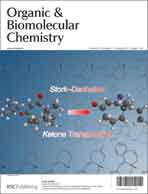


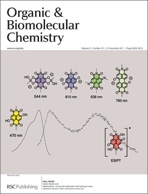

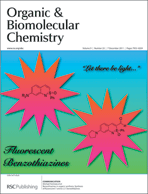
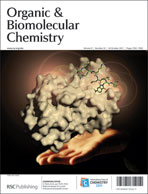
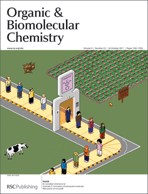

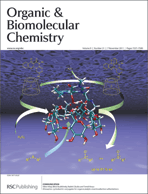

![CoverIssue[4]](https://blogs.rsc.org/ob/files/2011/09/CoverIssue4.gif)
![GA[4]](https://blogs.rsc.org/ob/files/2011/08/GA4.gif)